Modern civilization has been significantly impacted by technological breakthroughs over the past 15 years, which have also revolutionized education and training. The use of virtual reality in education, where teachers and students can now work, study, and learn in previously unimaginable ways thanks to metaverse development services.
Some of the most urgent issues in contemporary education can be addressed with the use of virtual reality in the classroom. These include a move away from fact-based instruction toward more interactive methods and a search for novel approaches to student engagement.
Continue reading to learn more about virtual reality and augmented reality in the classroom, including their advantages, future market potential, most prevalent uses, and companies that are actively working on these technologies.
How Do We Learn Today?
The vast majority of people would concur that improvements need to be made to the majority of the education and training systems around the globe. The majority of educational technology and tools in the past have been geared toward enabling and improving access to information. Before computers, tablets, smartphones, smart boards, and the Internet, books were at the vanguard of this transition.
E-books and robust search engines are at the forefront of today’s educational materials, which are dominated by digital technology for digital transformation. AR and VR are also used in education. Facts and information are simple to find for students. Many different inquiries can be answered with a few mouse clicks.
The way we learn currently confronts some major obstacles despite having better access to knowledge.
Information Is Frequently Challenging To Understand
Receiving a lot of information quickly might be overwhelming for learners. They get disinterested and bored.
There Is A Lack Of Participation Both Within And Beyond The Classroom
The educational experiences that one has both inside and outside of the classroom have a significant impact. With today’s instructional materials and approaches, students are not motivated to continue learning after the active teaching hour has ended.
Virtual Reality In Education
Using specialized hardware and software, virtual reality technology immerses the user in a virtual environment and offers a simulated experience. Among the best VR headsets now on the market are the Oculus Quest 2, HTC Vive Cosmos, and Valve Index. For instructional purposes, inexpensive smartphone-based headsets like Cardboard VR are excellent.
Of course, not all virtual worlds are made equally when it comes to AR in education. While virtual reality is an entirely digital environment, augmented reality overlays digital data on real-world items.
How virtual reality and augmented reality can aid education Social gatherings and educational initiatives have started to appear in classrooms. They offer a venue for people to interact and collaborate virtually in an effort to once again enhance the educational process. Learners can perform ‘impossible’ tasks like traveling back in time or peering inside a brain cell.
VR/AR applications in the classroom
Potential Applications Of Virtual Reality In Education
Virtual Classroom
Classrooms and online learning environments are inadequate for learning. One of the biggest worries is the high dropout rate. Lack of student participation is the main factor. On the other hand, virtual reality classes enable students to raise their hands, ask questions naturally, and feel more involved. Learning is made more socially engaging by virtual reality education by enabling student communication.
Virtual Field Trips
Virtual reality field trips allow students to visit places they’ve never been before, visiting places that would be too expensive for school expedition planners to arrange in the real world. For instance, after studying spatial inequality in class, students can experience a virtual reality tour of Tokyo to get a sense of how people interact there.
Internships
A crucial component of learning is being exposed to a range of professions. Internships are commonly utilized as a career decision-making tool. Using virtual reality, students can visualize themselves in a variety of careers and jobs. By exploring a typical workday and learning what others think about their employment, career excursions give students a firsthand understanding of what it’s like to work in a certain field.
Examples Of VR And AR In The Education Sector
Discovery VR
You can watch 360-degree films with educational content about the untamed natural world, environmental concerns, space explorations, culture, and history using a virtual reality tool called VR. Every time a user explores the VR environment, they may choose to concentrate their attention on a particular aspect of the movie.
Arility
Arility is an augmented reality program that instructs children in basic safety principles. Children are encouraged to choose safer options at their own pace when they can interact directly with AR characters in potentially risky scenarios.
Orbulus
The Rockefeller Center, the Pyramids, the Sydney Opera House, and the Northern Lights are all visible in 360-degree views in the virtual reality software Orbulus.
Nanome
Nanome facilitates learning and scientific research by alleviating the brain of the stress of visualizing and elaborating on complex topics. To increase student engagement and comprehension, Nanome offers virtual reality technologies for collaborative chemical creation.
Conclusion
Education and training are significantly impacted by the use of VR/AR tools. The use of AR-VR education software development solutions keeps students interested and clarifies difficult ideas. The interaction between students and the lesson materials made possible by augmented reality in mobile app development gives the learning process a new dimension.
Teachers employ emerging VR/AR technologies to animate textbooks and make them more engaging for pupils. Businesses are starting to combine VR and AR in employee training at the same time to increase comprehension and safety. Since they offer a fun and engaging way to study history, VR and AR tools are also well-liked by history teachers.

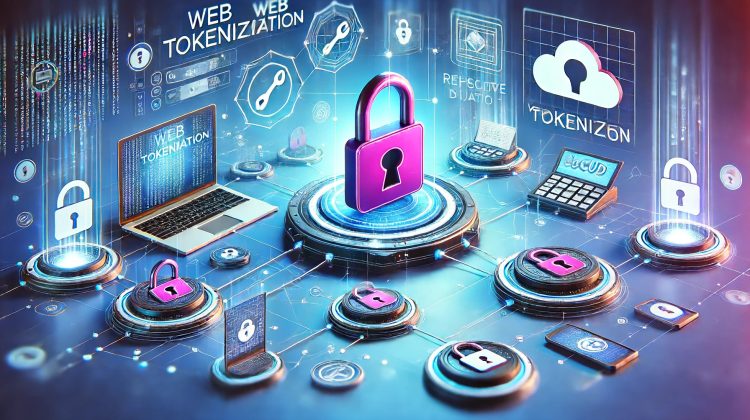
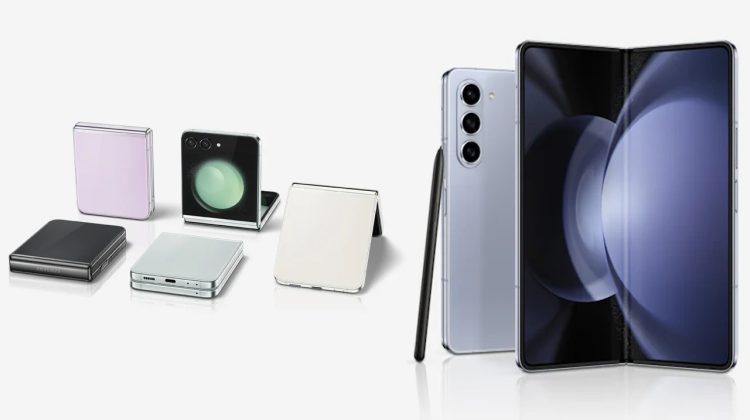
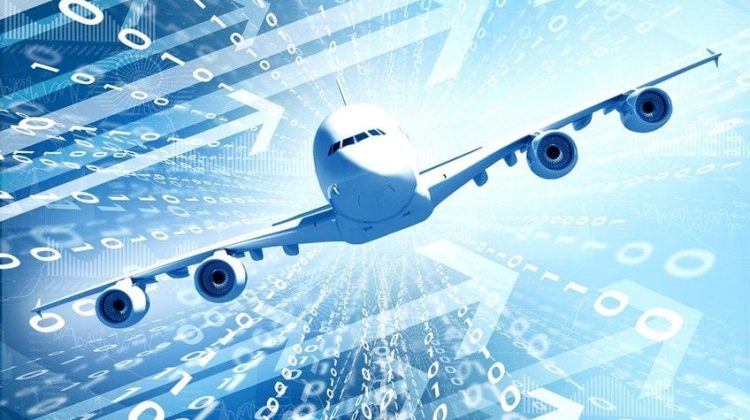

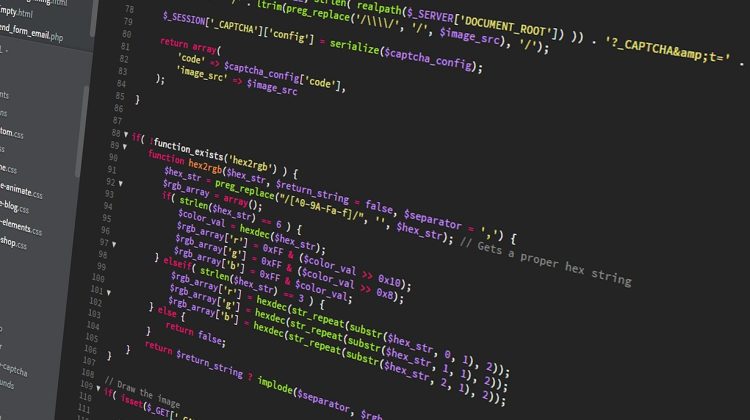
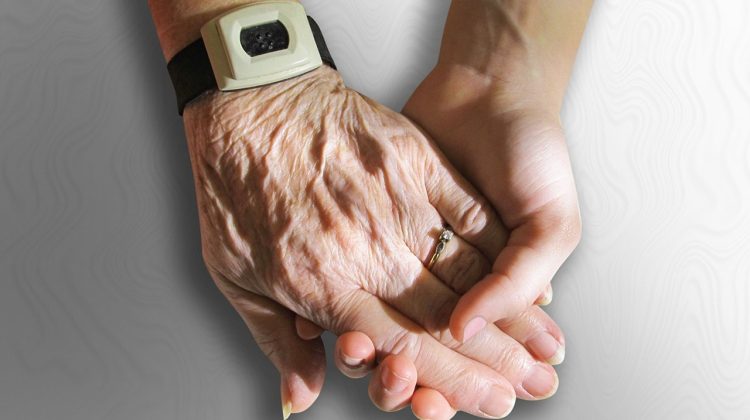
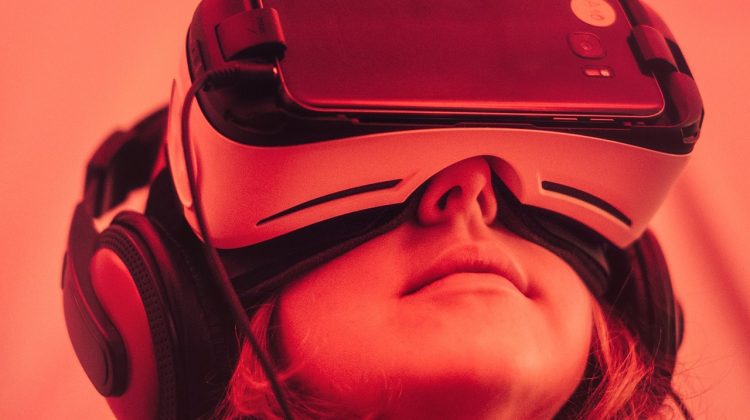
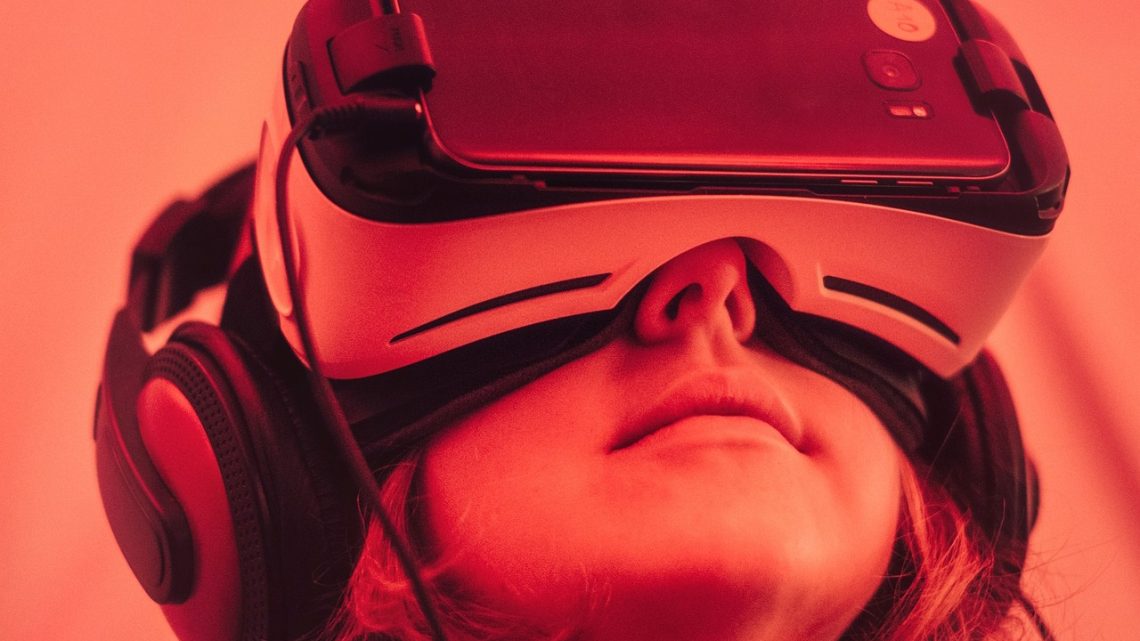
[…] Modern civilization has been significantly impacted by technological breakthroughs over the past 15 years, which have also revolutionized education and training. The use of virtual … Read more: How Virtual Reality Is Significant For The Education Sector In 2023 […]